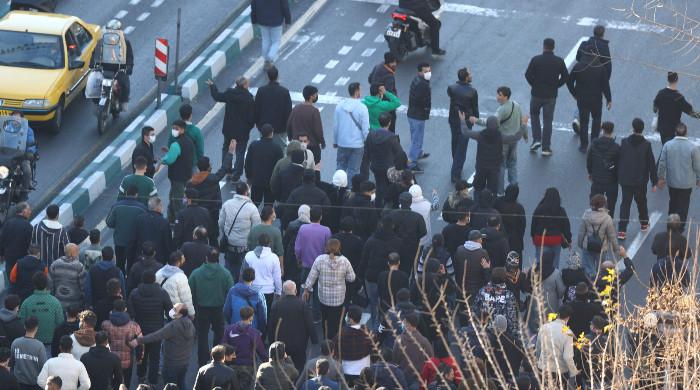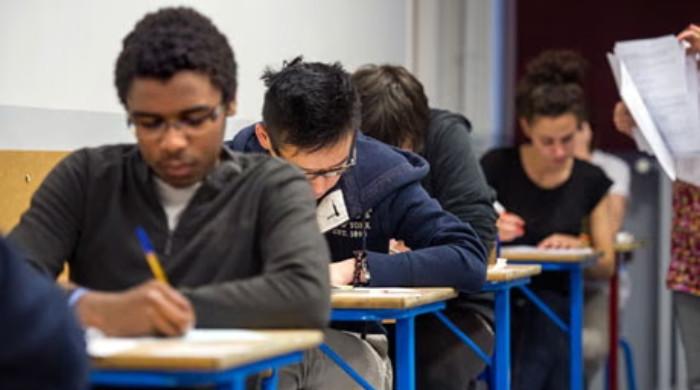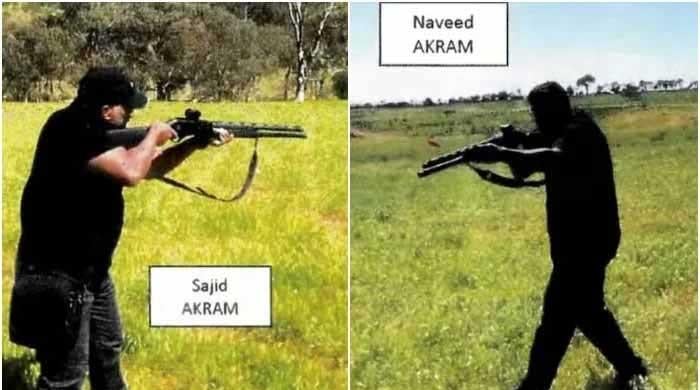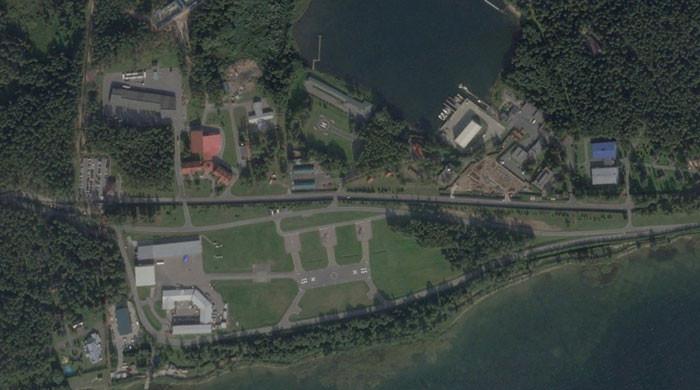IOM Human Trafficking and Exploitation Prevalence Survey reveals shocking facts
IOM survey reveals Mediterranean migrants offered cash for blood, organs and body parts. Over 70-percent confirm human trafficking indicators.
August 17, 2016
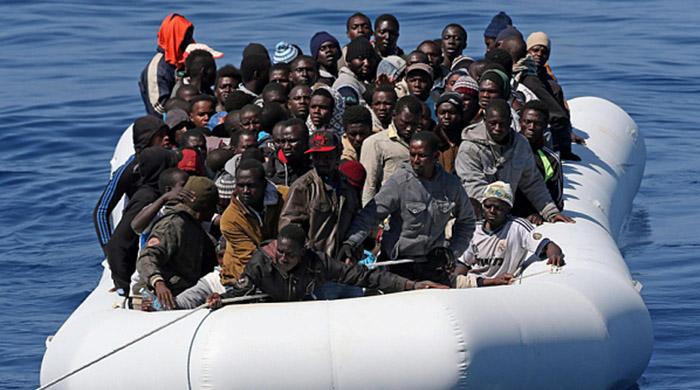
KARACHI: The international Organization for Migration (IOM) released the Human Trafficking and Exploitation Prevalence Survey last week. Over seventy percent of migrants and refugees interviewed confirmed presence of human trafficking and exploitation along the routes.
IOM interviewed almost 1,400 migrants and refugees who had travelled along the Central Mediterranean route connecting North Africa to Europe.
In the anonymous surveys conducted in Italy between 24th June and 3rd August 2016, seventy-six percent respondents confirmed “at least one of the trafficking and other exploitative practices indicators based on their own direct experience during their journey, including: having worked or performed activities without getting the payment they expected; being forced to perform work or other activities against their will; being approached by someone offering employment; being approached by someone offering to arrange a marriage; and, being held at a location against their will by parties other than any relevant governmental authorities.”
The survey report highlights that at least five percent of respondents confirmed being approached and offered cash in exchange for giving blood, organs or body parts. Majority of the incidents IOM reports, took place in Libya and Egypt.
Federico Soda, Director of the IOM Coordination Office for the Mediterranean in Rome said the organization has identified over 200 trafficked individuals at landing points, including underage girls, some as young as 13.
“We are also aware that the threats and violence perpetrated by traffickers against the families of the victims back in their country of origin is getting more and more devastating,” he added.
The survey report adds, “respondents who answered positively to one of the indicators average 23 years old; a majority of all positive responses (52 percent) were given by migrants and refugees between 18 and 25 years old. The highest rates of positive responses came from Gambians (91 percent), Ghanaians (91 percent), Guineans (90 percent) and Ivorians (86 percent).”
IOM’s survey report was funded by the European Commission’s Humanitarian Aid and Civil Protection department (ECHO), the Swiss Agency for Development and Cooperation (SDC) and the United Kingdom Department for International Development (DIFD).




